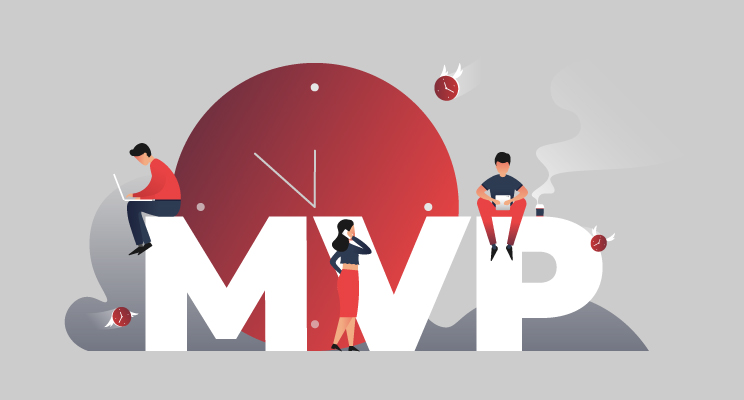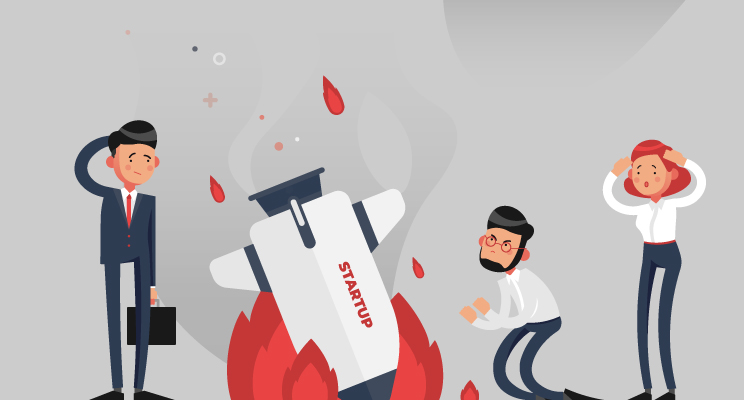
Why max ≠ good
The willingness to get maximum functionality from the first release of your startup can lead to:
- overbudgeting;
- development;
- overtiming;
- failure.
IT startups usually face plenty of issues connected with planning. It is essential to realize the direction of evolvement, timeframe, and costs of each life stage. At the same time, startups should remain flexible enough to fit into the market’s demands and trends.
What is a good startup?
A good startup begins with a good idea and an understanding of target clients’ needs. While the good idea is a subjective notion, potential users’ demands are something to take into consideration for the right planning of your startup’s lifecycle development. We always advise startups we work with to differentiate between “nice to have” features and features obligatory for implementation to cover customers’ needs. And only the latter ones should be included in startups’ MVP – Minimum Viable Product.
Time is money
Development of core functions which are enough to satisfy clients’ requirement, from our experience, takes significantly less time than the implementation of 100% features occurred during the planning stage and concept creation. Try to divide features to implement into stages and small tasks. It is easier for the development team to provide precise time estimation. And it helps to plant the budget and the release date better.
Choosing the path
According to the National Association of Small Business’s Economic Report, 42 % of startups fail because of “no market need”. It is also the top reason. First of all, launching an MVP allows you to break into the market faster than your competitors! You will be able to see the potential of the startup and get users’ feedbacks . As a result, it provides plenty of useful data for prioritization of features to implement next, budgeting, planning the further evolvement way and changes, if necessary.
Saving money and bringing the first revenue
Steadily add new functionality to a satisfactory and working product. It is more reasonable and less risky from a financial point of view. 29% of startups run out of cash which also leads to failure. Investing in long-term development and testing of a full-fledged product will not give you profit while an MVP will. Getting profit is a good point for investors to provide the next circle of funding. It is even more important if you are financing the startup from your own pocket.
Taking into account the success stories of startups which grew into world-famous companies like Uber, Dropbox, Airbnb and startups’ success stories we personally dealt with, sticking to MVP strategy works. It allows to keep the balance between planning and remaining flexible, avoid extra expenses and even become profitable at the early life stage.
 Yanina Ovchinnikova
Yanina Ovchinnikova April 23, 2020
April 23, 2020




